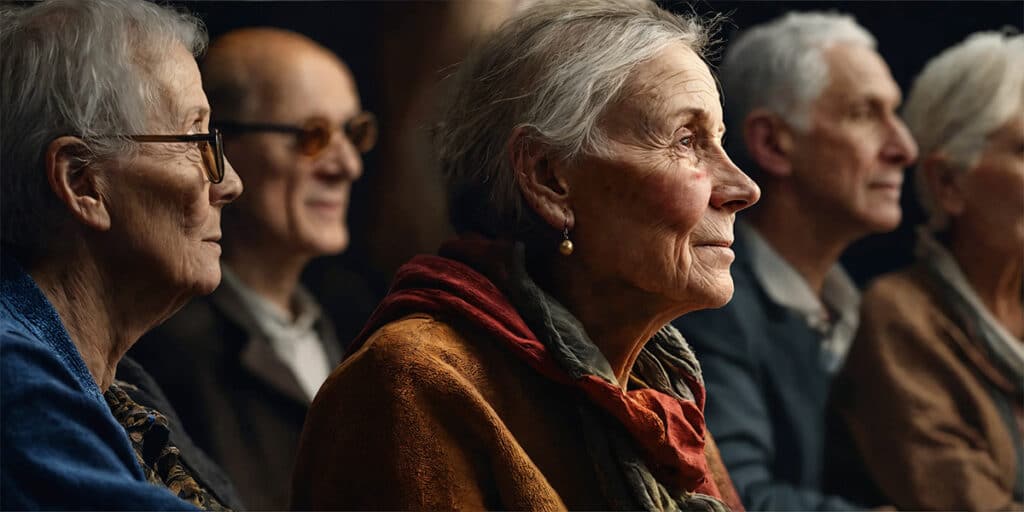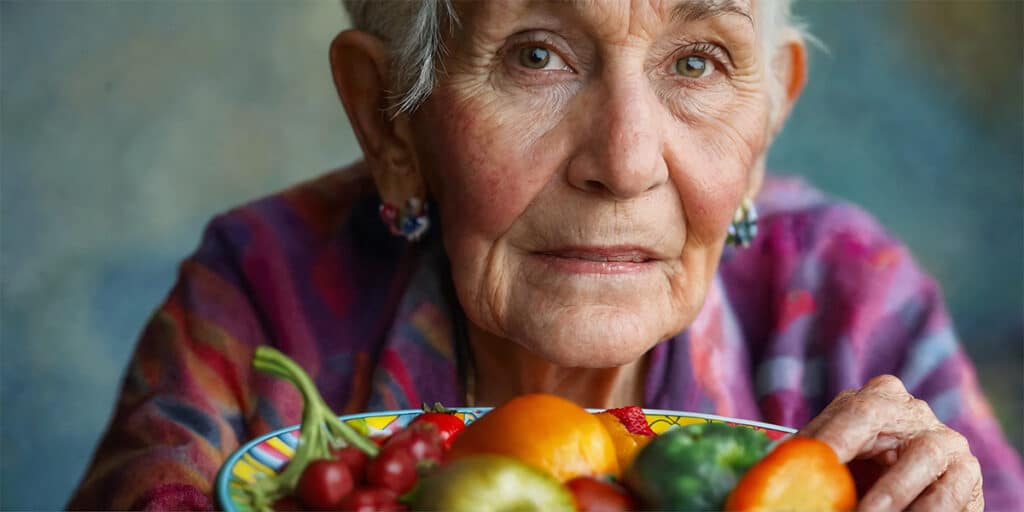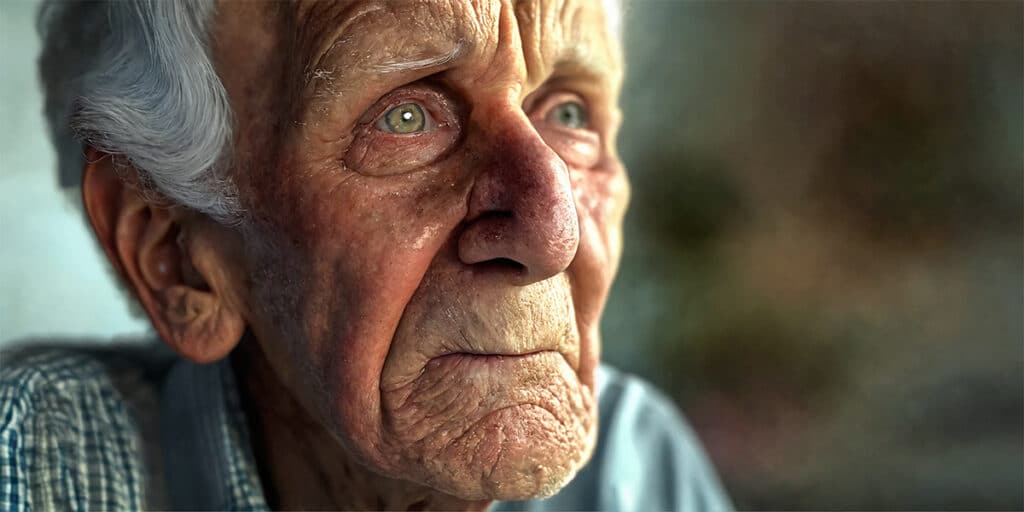Oral cancer poses a significant health risk, particularly to the senior population, due to its association with various lifestyle factors and the natural aging process.
This guide seeks to unravel the complexities surrounding the risk factors for oral cancer, offering seniors and their caregivers the knowledge needed to understand and mitigate these risks effectively.
Identifying the Key Risk Factors for Oral Cancer
Oral cancer, like many forms of cancer, does not have a single cause but is instead influenced by a variety of risk factors. Smoking tobacco and heavy alcohol use top the list, significantly increasing the risk. However, recent studies have shed light on less commonly known factors, such as the human papillomavirus (HPV), poor nutrition, and prolonged exposure to ultraviolet light, contributing to the disease’s prevalence.
- Tobacco use, including smoking cigarettes, cigars, pipes, and chewing tobacco, is the most significant risk factor for oral cancer.
- Heavy alcohol consumption has been linked to an increased risk of developing oral cancer, especially when combined with tobacco use.
- Infection with certain strains of HPV, particularly HPV16, has been identified as a risk factor for oropharyngeal cancers.
- A diet lacking in fruits and vegetables may increase the risk of oral cancer.
- Prolonged sun exposure can increase the risk of lip cancer, underscoring the importance of UV protection.
The Age Factor: Why Seniors Are at Increased Risk
The age factor plays a significant role in the prevalence of oral cancer among seniors, a demographic increasingly at risk due to both a lifetime’s exposure to risk factors and the inevitable biological aging process. This correlation is not merely coincidental but deeply rooted in the biology of aging and the cumulative effect of lifestyle choices made over decades.
As individuals age, the body’s natural ability to repair cellular damage diminishes. This decline in cellular repair mechanisms is a critical factor that contributes to the increased vulnerability of seniors to various forms of cancer, including oral cancer. The cells’ reduced efficiency in repairing DNA damage or mutations accumulated over years can lead to the development of cancerous cells in the oral cavity.
Moreover, the risk of oral cancer is exacerbated by cumulative exposure to known carcinogens. Many seniors today have had longer exposures to harmful substances such as tobacco, alcohol, and even certain strains of the human papillomavirus (HPV), which have been linked to oral cancer. The effect of these exposures is not instantaneous but accumulative, meaning that the risk they pose becomes more pronounced as one ages.
Given these factors, it’s imperative for seniors to acknowledge their heightened risk and take proactive measures to safeguard their health. Regular screenings for oral cancer become increasingly important with age, not only for early detection but also as an opportunity for healthcare providers to offer guidance on mitigating risk factors. These screenings, which can range from visual inspections to more advanced diagnostic tests, are crucial in identifying precancerous conditions or early-stage cancers when they are most treatable.
Adopting a healthier lifestyle is another pivotal strategy for seniors aiming to reduce their risk of oral cancer. This includes quitting smoking and reducing alcohol consumption, both of which significantly decrease the likelihood of developing oral cancer. Additionally, maintaining a diet rich in fruits and vegetables can offer protective benefits against oral cancer, thanks to the antioxidants and nutrients that support cellular health.
Technological Advances in Early Detection and Prevention
The landscape of oral cancer detection and prevention has been profoundly transformed by technological advancements, ushering in a new era of early diagnosis and increased survival rates. These innovations, ranging from advanced imaging technologies to non-invasive saliva tests, represent a significant leap forward in our ability to detect oral cancer in its nascent stages, potentially before symptoms become apparent.
One of the most promising advancements is the development of sophisticated imaging techniques. Digital imaging, optical coherence tomography, and fluorescence visualization are among the cutting-edge technologies that have improved the accuracy of oral cancer screenings. These techniques allow healthcare providers to visualize abnormalities in the oral cavity with unprecedented clarity and precision. For instance, fluorescence visualization uses a special light to highlight precancerous and cancerous cells that might not be visible under normal light, facilitating the detection of lesions at an earlier stage.
Equally groundbreaking is the advent of saliva diagnostics, which leverages the detection of specific biomarkers present in saliva to identify oral cancer. This method offers a non-invasive, patient-friendly alternative to traditional biopsy procedures. Research has identified several biomarkers in saliva that are associated with oral cancer, enabling the development of saliva test kits. These kits can detect the presence of oral cancer markers with a simple saliva sample, making screenings more accessible and less intimidating for patients.
The impact of these technological advancements extends beyond the mere detection of oral cancer. They also play a crucial role in the prevention of the disease. By identifying oral cancer at an early stage, when it is most treatable, these technologies significantly improve the chances of successful treatment and reduce the likelihood of severe outcomes. Furthermore, the ease and accessibility of tests like saliva diagnostics encourage more people to undergo regular screenings, thereby increasing the rates of early detection.
| Strategy | Description | Benefits | Recommended For | Impact on Risk |
|---|---|---|---|---|
| Quitting Tobacco | Cessation of smoking and chewing tobacco. | Improves overall health, enhances taste and smell. | Everyone, especially tobacco users. | Significantly decreases risk. |
| Alcohol Moderation | Limiting intake to recommended levels. | Better sleep, increased energy. | Adults consuming more than moderate alcohol. | Reduces risk. |
| Healthy Diet | High in fruits, vegetables, and antioxidants. | Strengthens immune system, reduces inflammation. | All age groups. | Lowers risk. |
| Regular Screenings | Annual dental check-ups and screenings. | Early detection of precancerous conditions. | Seniors and at-risk individuals. | Greatly improves treatment success. |
| UV Protection | Use of lip balm with SPF, minimizing sun exposure. | Prevents lip damage, reduces aging signs. | Individuals with prolonged outdoor activities. | Decreases risk of lip cancer. |
Exploring 4 Solutions to Understand Oral Cancer Risk Factors
The battle against oral cancer begins with a deep understanding of its risk factors and the proactive measures individuals can take to mitigate these risks. Awareness and education serve as the cornerstone of prevention, particularly for seniors who face a higher risk due to age-related vulnerabilities. By adopting practical strategies, seniors can significantly reduce their likelihood of developing oral cancer.
Quitting Smoking: A Critical Leap Towards Prevention
The link between tobacco use and oral cancer is indisputable, making smoking cessation one of the most effective strategies for reducing risk. The American Cancer Society reports that tobacco users are at a significantly higher risk of developing oral cancer compared to non-users. Quitting smoking, therefore, represents a crucial step towards prevention. Personal anecdotes abound of individuals who, after years of tobacco use, decided to quit and subsequently experienced significant improvements in their oral health. Smoking cessation programs and nicotine replacement therapies have proven effective in aiding this process, underscoring the importance of support in overcoming addiction.
Moderating Alcohol Consumption: Finding the Right Balance
Alcohol, particularly when consumed in excessive amounts, is another well-documented risk factor for oral cancer. Research published in the Journal of the American Dental Association highlights a dose-response relationship between alcohol intake and oral cancer risk, suggesting that moderation can have a tangible impact on risk reduction. Experts recommend limiting alcohol consumption to moderate levels, defined by the Dietary Guidelines for Americans as up to one drink per day for women and up to two drinks per day for men. Stories from individuals who have cut back on their alcohol consumption often highlight not only a reduced risk of oral cancer but also overall health improvements.
Maintaining a Healthy Diet: The Role of Fruits and Vegetables
Diet plays a pivotal role in oral cancer prevention, with a growing body of research suggesting that a diet rich in fruits and vegetables can lower the risk. These food groups are packed with vitamins, minerals, and antioxidants that can protect against cancer. A study published in Cancer Epidemiology, Biomarkers & Prevention found that a diet high in fruits and vegetables is associated with a reduced risk of oral cancer. Nutritional experts emphasize the importance of incorporating a variety of fruits and vegetables into daily meals, advocating for a balanced diet as a key component of oral cancer prevention.
Practicing Good Oral Hygiene: A Foundation for Oral Health
Good oral hygiene practices are essential for maintaining overall oral health and reducing the risk of oral cancer. Regular dental check-ups, brushing, flossing, and using mouthwash can help prevent infections and diseases that might escalate into cancerous conditions. Dental professionals play a critical role in early detection, often being the first to notice signs of oral cancer. Anecdotes from patients diagnosed during routine dental examinations highlight the lifesaving potential of regular oral health maintenance.
For seniors, regular dental check-ups and screenings are vital for the early detection of oral cancer. These screenings, which can include visual inspections and more specialized tests, can identify precancerous conditions or cancer at an early stage when it is most treatable. Dental professionals are not only equipped to perform these screenings but can also offer advice on maintaining oral health and reducing cancer risk. Testimonies from seniors who had oral cancer detected early through routine screenings underscore the importance of regular dental visits. They serve as a reminder that early detection is key to effective treatment and better outcomes.
Understanding the Risk Factors for Oral Cancer: Your FAQs Answered
What are the main risk factors for oral cancer?
Tobacco use, excessive alcohol consumption, HPV infection, prolonged sun exposure to the lips, and a diet low in fruits and vegetables are primary risk factors.
How does smoking affect oral cancer risk?
Smoking introduces carcinogens to the mouth, significantly increasing the risk of developing oral cancer. Quitting smoking can drastically reduce this risk.
Can alcohol consumption really cause oral cancer?
Yes, especially when combined with tobacco use. Alcohol acts as a solvent, allowing tobacco carcinogens to penetrate oral tissues more easily. Moderation is key.
Is there a link between diet and oral cancer?
Absolutely. A diet lacking in fruits and vegetables misses essential antioxidants and vitamins that help prevent cancer. Increasing their intake can lower your risk.
How often should I get screened for oral cancer?
Annual screenings are recommended for most adults, but those at higher risk may need more frequent checks. Discuss your individual risk with your dentist.
Can HPV really cause oral cancer?
Yes, certain strains of HPV, especially HPV16, are linked to oropharyngeal cancers. Vaccination against HPV can reduce the risk of these cancers.
What are early signs of oral cancer I should watch for?
Look out for sores that don’t heal, white or red patches, persistent pain, lumps, or difficulty swallowing. Report these to your healthcare provider immediately.
Does sun exposure affect oral cancer risk?
Yes, especially for lip cancer. Use lip balm with SPF and hats to protect your lips and face from excessive sun exposure.
Can improving my diet now still help reduce my risk?
Yes, it’s never too late to adopt a healthier diet. Incorporating more fruits and vegetables can improve your overall health and potentially lower your cancer risk.
What can I do to reduce my risk of oral cancer?
Quit tobacco, moderate alcohol, protect your lips from the sun, maintain a healthy diet, get vaccinated against HPV, and ensure regular oral cancer screenings.
Citations
- “Risk Factors of Oral Cancer: Identification and Mechanism of Prevention” by Alba Pérez Jardón, Esteban Arroyo, Pilar Gándara Vila & Mario Pérez-Sayáns. This study presents the main risk factors related to oral cancer as well as the identification of these factors and the different prevention strategies currently available.
- “The changing epidemiology of oral cancer: definitions, trends, and risk factors“. This article discusses how pooled international case-controlled study data are shedding increasing light not only on the causes of oral cavity and oropharyngeal cancers, but on the impact of avoiding risk factors.
- “An Explainable Deep Learning Approach for Oral Cancer Detection” by P. Ashok Babu, Anjani Kumar Rai, Janjhyam Venkata Naga Ramesh, A. Nithyasri, S. Sangeetha, Pravin R. Kshirsagar, A. Rajendran, A. Rajaram & S. Dilipkumar. This study presents a unique approach to the early detection and diagnosis of oral cancer that makes use of the exceptional sensory capabilities of the mouth.
- “Deep learning in oral cancer- a systematic review” by Kritsasith Warin & Siriwan Suebnukarn. This systematic review provides an overview of deep learning studies in the diagnosis and prognostic prediction of oral cancer.
- “Artificial Intelligence and Its Application in the Early Detection of Oral Cancers” by Nath SG, Raveendran R, Perumbure S. This study discusses the application of artificial intelligence in the early detection of oral cancers.








